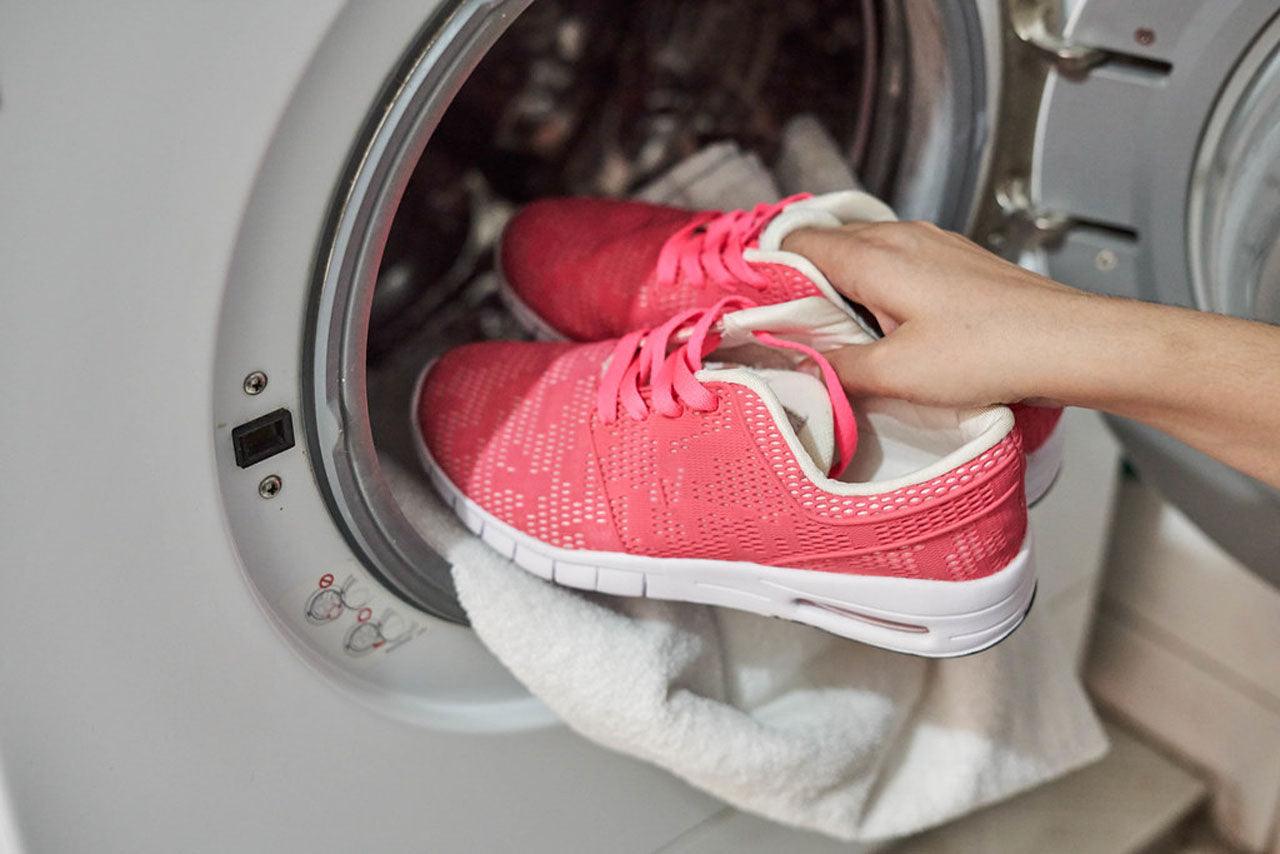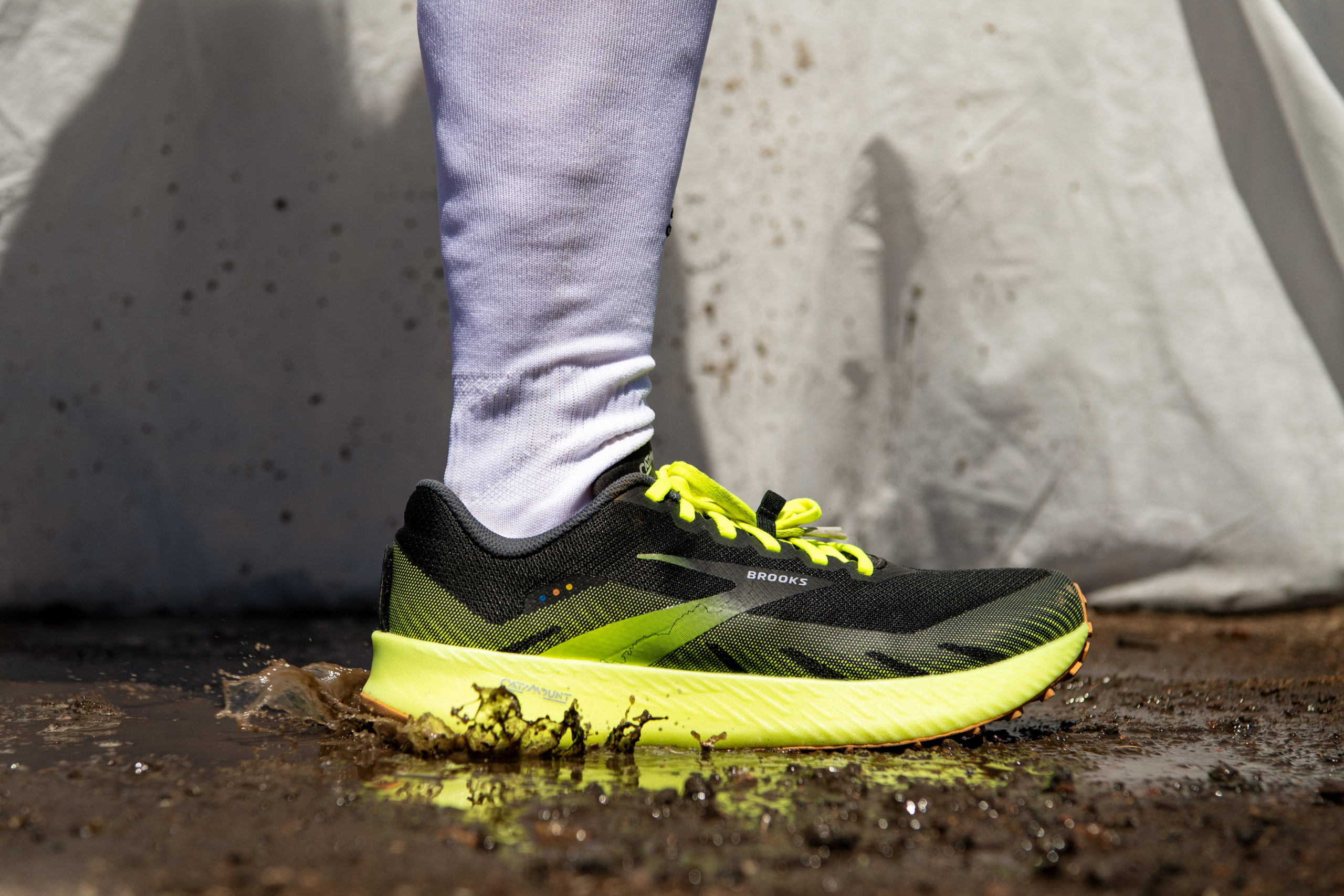Introduction to Brooks Running Shoes
Brooks running shoes are a beloved choice for avid runners and casual walkers alike, known for their excellent comfort, support, and performance. With breathable mesh uppers that provide ventilation during those intense workouts, it’s essential to maintain their pristine condition. But how do you clean Brooks running shoes mesh effectively? In this guide, we’ll explore the best practices, tips, and products to keep your shoes looking and performing their best.
Understanding the Importance of Cleaning Your Brooks Running Shoes
Cleaning your Brooks running shoes is not just about aesthetics—it’s about maintaining their functionality. Dirt, sweat, and other debris can accumulate in the mesh and lessen its breathability. Over time, this buildup can lead to unpleasant odors and even affect the shoe’s performance. Regular cleaning can extend the lifespan of your shoes, ensuring that they remain comfortable and supportive on every run.
What You’ll Need: Essential Cleaning Supplies
Gather Your Cleaning Tools
Before diving into the cleaning process, it’s crucial to gather your supplies. Here’s a checklist to get you started:
- Soft-bristled brush or old toothbrush
- Clean, damp cloth or microfiber towel
- Dish soap or mild detergent
- White vinegar (optional)
- Baking soda (optional)
- Water
- Air-dry location
Step-by-Step Guide to Cleaning Your Brooks Running Shoes Mesh
1. Prepare Your Shoes
Start by removing the insoles and laces from your Brooks running shoes. This step allows for a more thorough clean, especially in areas that are often overlooked. You can clean the insoles separately by giving them a gentle scrub with the soapy water solution.

2. Brush Off Loose Dirt
Take your soft-bristled brush and gently scrub the exterior mesh surface to remove any loose dirt or debris. Be cautious not to apply too much pressure, as this might damage the mesh. A gentle touch goes a long way!
3. Create a Soap Solution
Mix a few drops of mild detergent with warm water in a bowl. Avoid using harsh chemicals that can deteriorate the material. If you’re dealing with stubborn stains, consider adding a teaspoon of white vinegar for added cleaning power.

4. Clean the Mesh
Dip your brush into the soapy water and gently scrub the mesh in circular motions. Focus on stained areas but be sure not to oversaturate the mesh. You don’t want the material to absorb too much water, as it might take longer to dry.
5. Rinse and Dry
Using a clean, damp cloth, wipe away the soap residue. Ensure no detergent remains, as it could irritate your skin during future use. Finally, let your shoes air dry in a well-ventilated area away from direct sunlight or heat sources to avoid damage.

6. Reassemble Your Shoes
Once your shoes are completely dry, reinsert the insoles and lace them up. Your Brooks running shoes should now be clean and fresh, ready for your next run!
Real-World Experiences: Cleaning Brooks Running Shoes
Let’s take a look at some personal experiences shared by Brooks running enthusiasts who regularly clean their shoes.
Case Study 1: Jenny’s Trail Running Adventures
Jenny, an avid trail runner from Colorado, swears by her cleaning routine. After every run, she brushes off the dirt and uses mild soap to maintain the quality of her Brooks Cascadia. “Cleaning them right after a muddy run keeps them looking new,” she says. “I’ve managed to keep my shoes for much longer than expected!”

Case Study 2: Tom’s Marathon Training
Tom, a marathon training enthusiast, runs almost daily. He has a unique technique where he mixes baking soda with water for a deeper clean every few weeks. “It helps to eliminate odors and keeps my shoes feeling fresh,” he shares. His Brooks Ghost shoes have endured over 500 miles, thanks in part to his regular cleaning routine.
Comparison Table: Different Cleaning Methods
| Method | Effectiveness | Time Required | Pros | Cons |
|---|---|---|---|---|
| Hand Washing | High | 30-45 mins | Thorough clean | Time-consuming |
| Machine Washing | Medium | 1 hour | Quick and convenient | Risk of damage |
| Spot Cleaning | Low | 10-15 mins | Easy for small stains | Not a full clean |

Product Highlights for Cleaning Brooks Running Shoes Mesh
Recommended Cleaning Products
When it comes to cleaning Brooks running shoes mesh, there are some products you might want to consider:
- Simple Green All-Purpose Cleaner: An environmentally friendly cleaner that works wonders on mesh materials.
- Adidas Performance Shoe Cleaner: Specially formulated for shoes, it’s tough on dirt but gentle on materials.
- Jason Markk Premium Shoe Cleaner: A favorite among sneakerheads, this cleaner is safe for all types of materials, including mesh.
Pros and Cons of Cleaning Your Brooks Running Shoes Mesh
Pros
- Increases the lifespan of your shoes.
- Maintains breathability and comfort.
- Prevents unpleasant odors.
- Enhances overall appearance.

Cons
- Time-consuming process.
- Risk of damaging the mesh if not done carefully.
- Requires additional cleaning supplies.
FAQs About Cleaning Brooks Running Shoes Mesh
1. Can I machine wash my Brooks running shoes?
While it’s possible to machine wash Brooks running shoes, it can be risky. Use a gentle cycle and place them in a mesh laundry bag to minimize damage. Always check the care tag on your shoes for specific instructions.

2. How often should I clean my Brooks running shoes?
It’s advisable to clean your shoes every few weeks, but this could be more frequent if you run in muddy or wet conditions. Regular maintenance helps to keep them in top shape.
3. Can I use bleach to clean my Brooks running shoes?
Never use bleach on your mesh shoes, as it can damage the material and discolor them. Stick to mild detergents for the best results.
4. What should I do if my shoes have an odor?
To eliminate odors, sprinkle baking soda inside the shoes and let it sit overnight. Shake out any excess powder before your next use. This method is effective and safe for the materials.
5. How do I clean the insoles of my Brooks running shoes?
Insoles can be cleaned with the same mild soap solution. Use a soft brush to scrub gently, rinse with water, and let them air dry completely before reinserting them into your shoes.
6. Is it okay to put my Brooks running shoes in the dryer?
Do not put your shoes in the dryer, as the heat can warp or damage the shoe’s materials. Always let them air dry in a cool, shaded area.
7. How can I prevent my shoes from getting dirty?
Choose your running paths wisely and avoid overly muddy or wet terrains when possible. Some runners also use protective sprays specifically designed for footwear to help repel dirt and moisture.
8. What if my shoes are still dirty after cleaning?
If stains persist, consider using a stronger cleaning solution, but do a spot test first to ensure it doesn’t harm the material. Sometimes, a second cleaning may be necessary.
9. Are there any special precautions I should take?
Always read the care instructions specific to your Brooks shoes. Certain models may have different cleaning needs, especially if they contain specialized materials.
10. Can I use fabric softener on my shoes?
No, fabric softeners can leave a residue that may irritate your skin while running. Stick to soap-based cleaners for the best results.